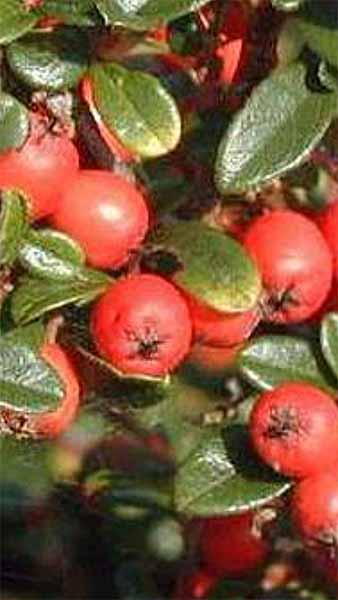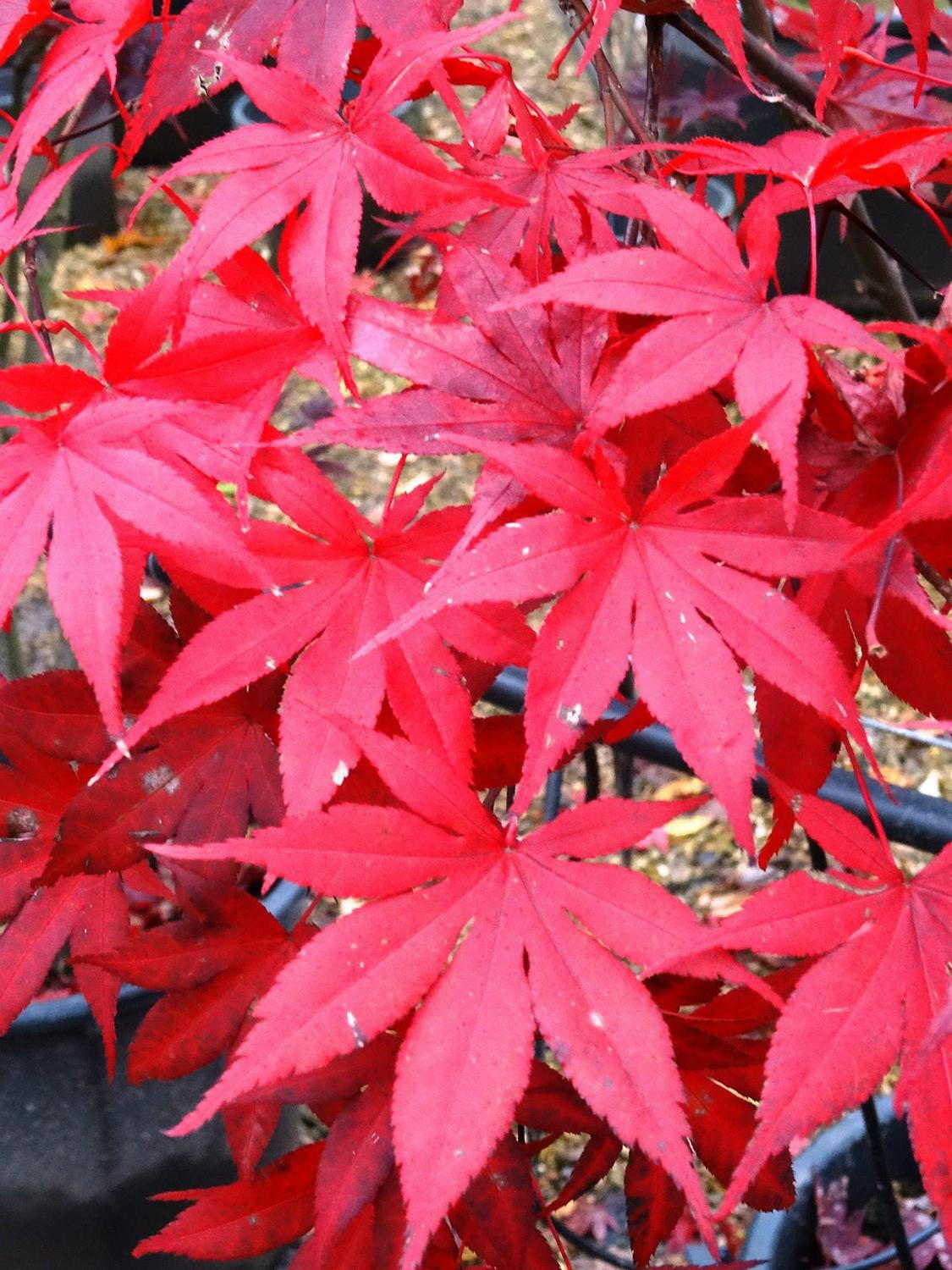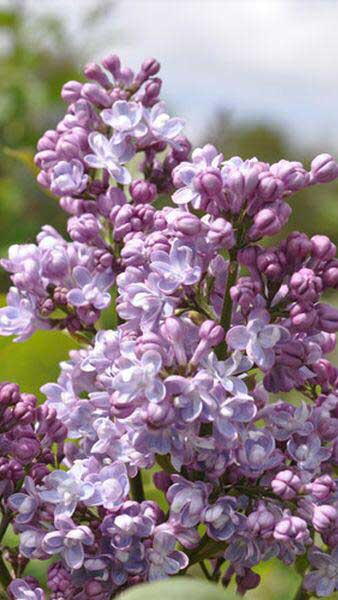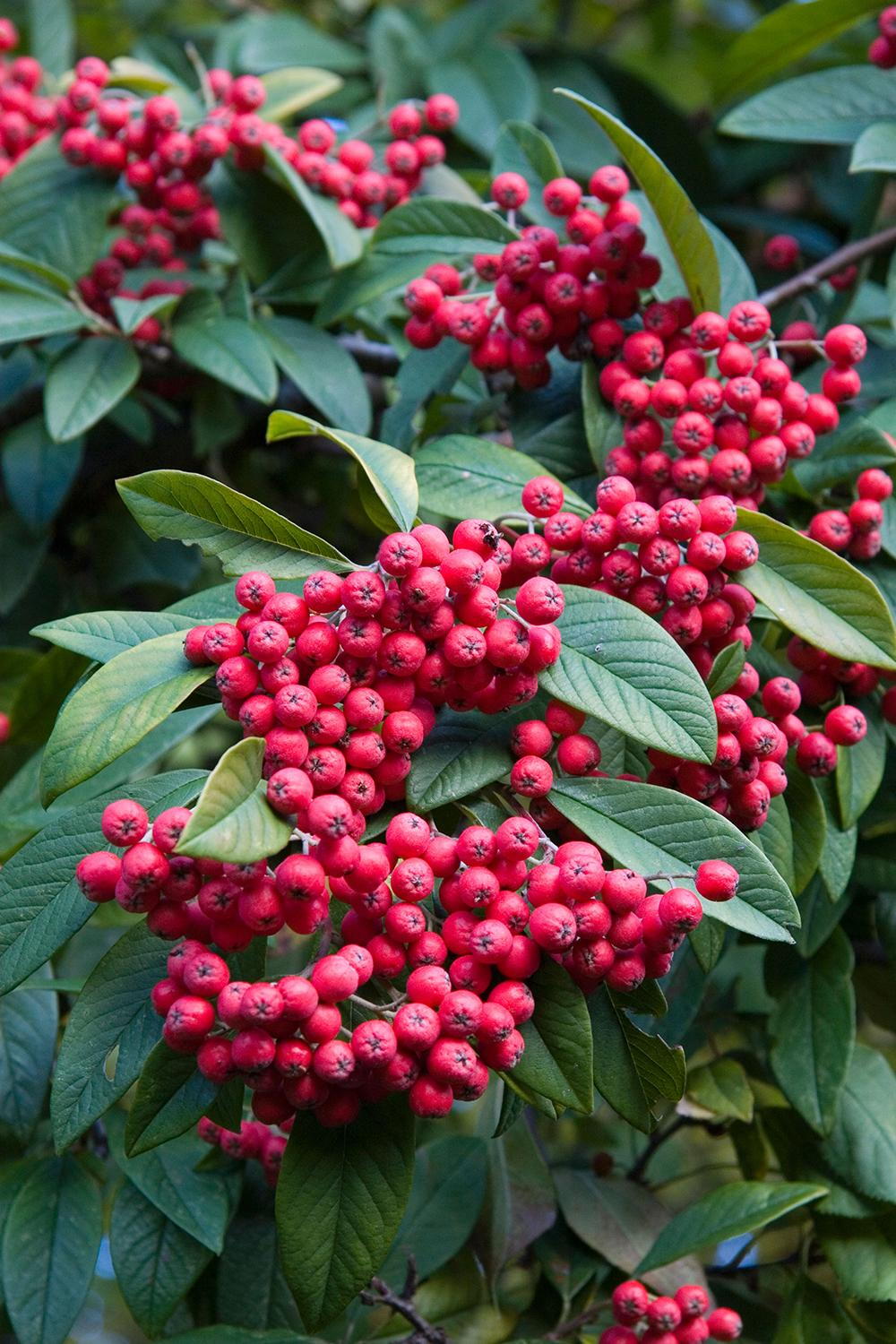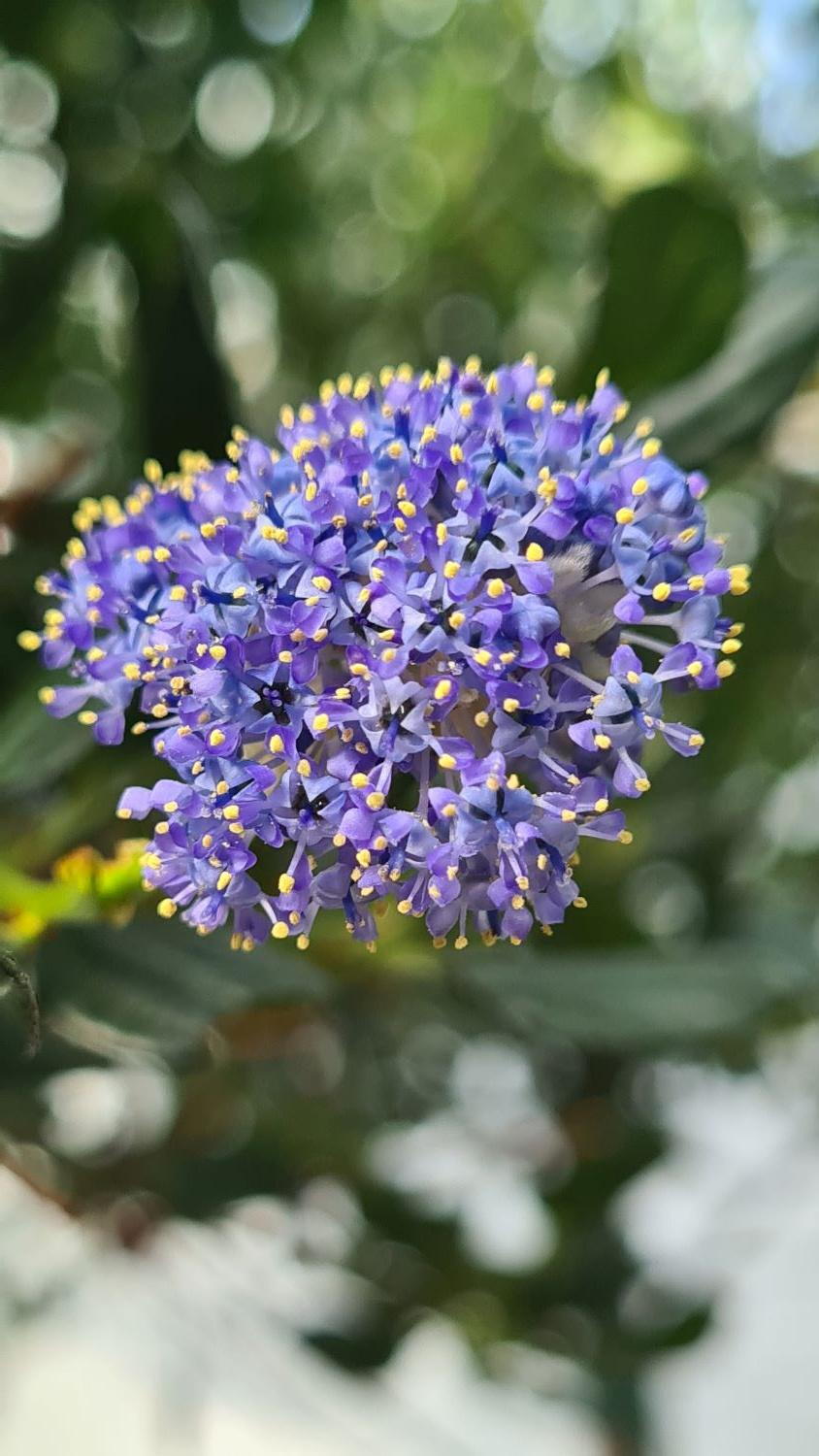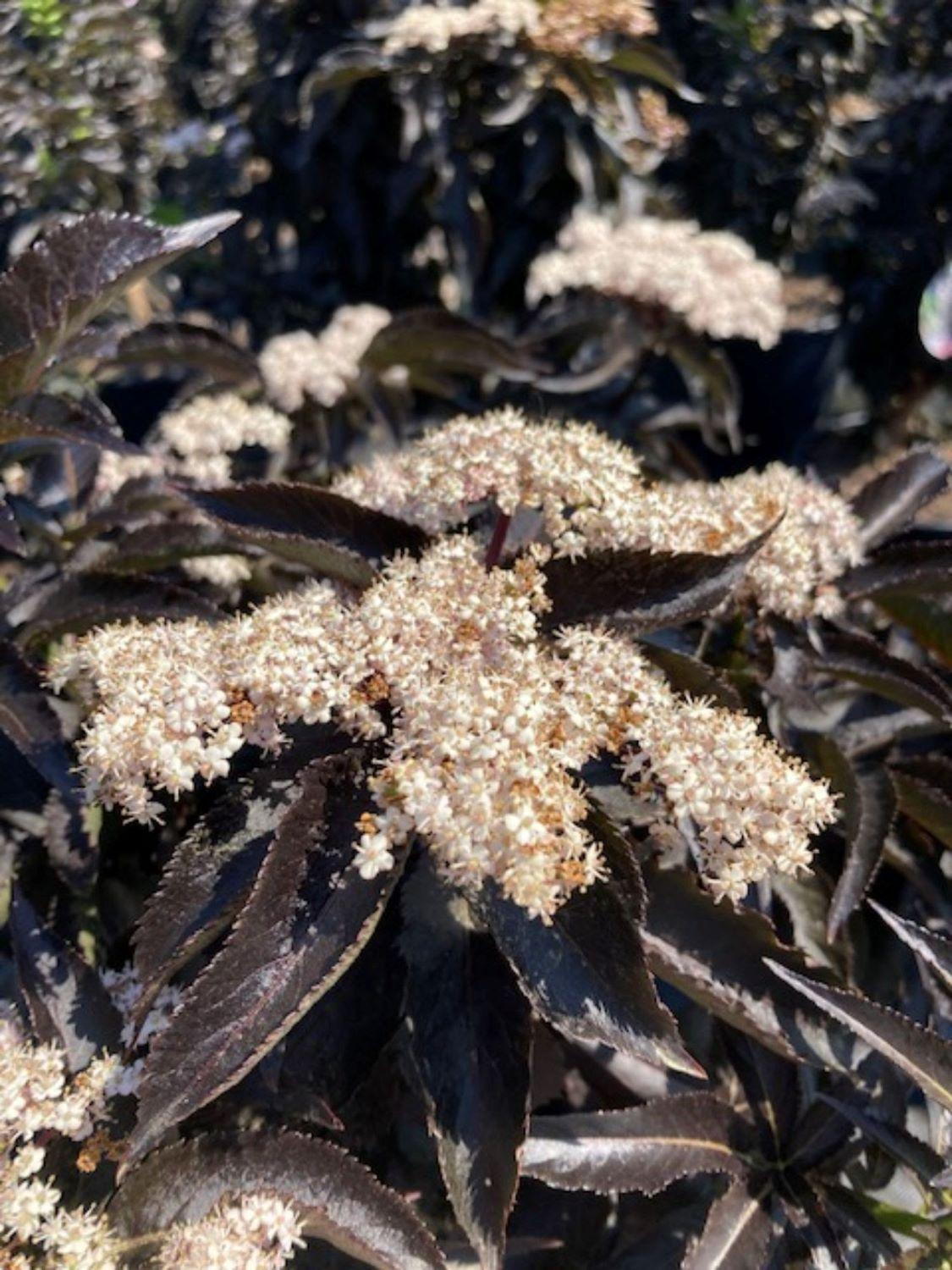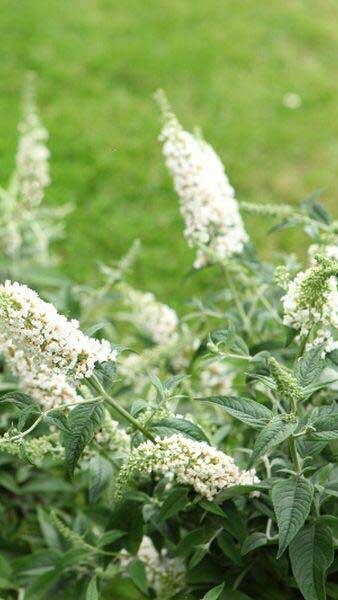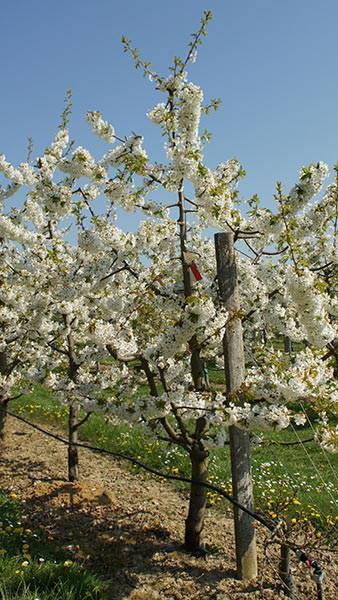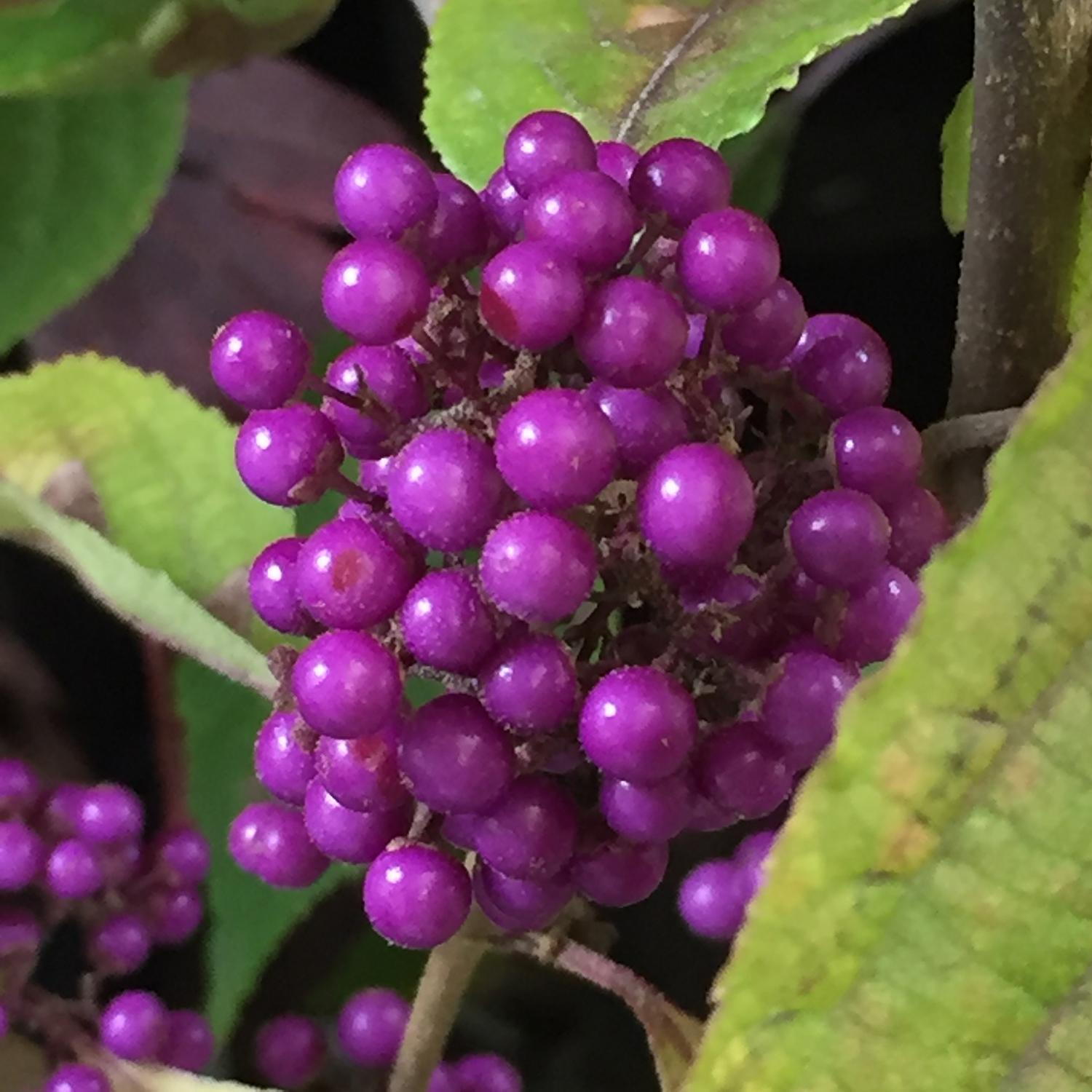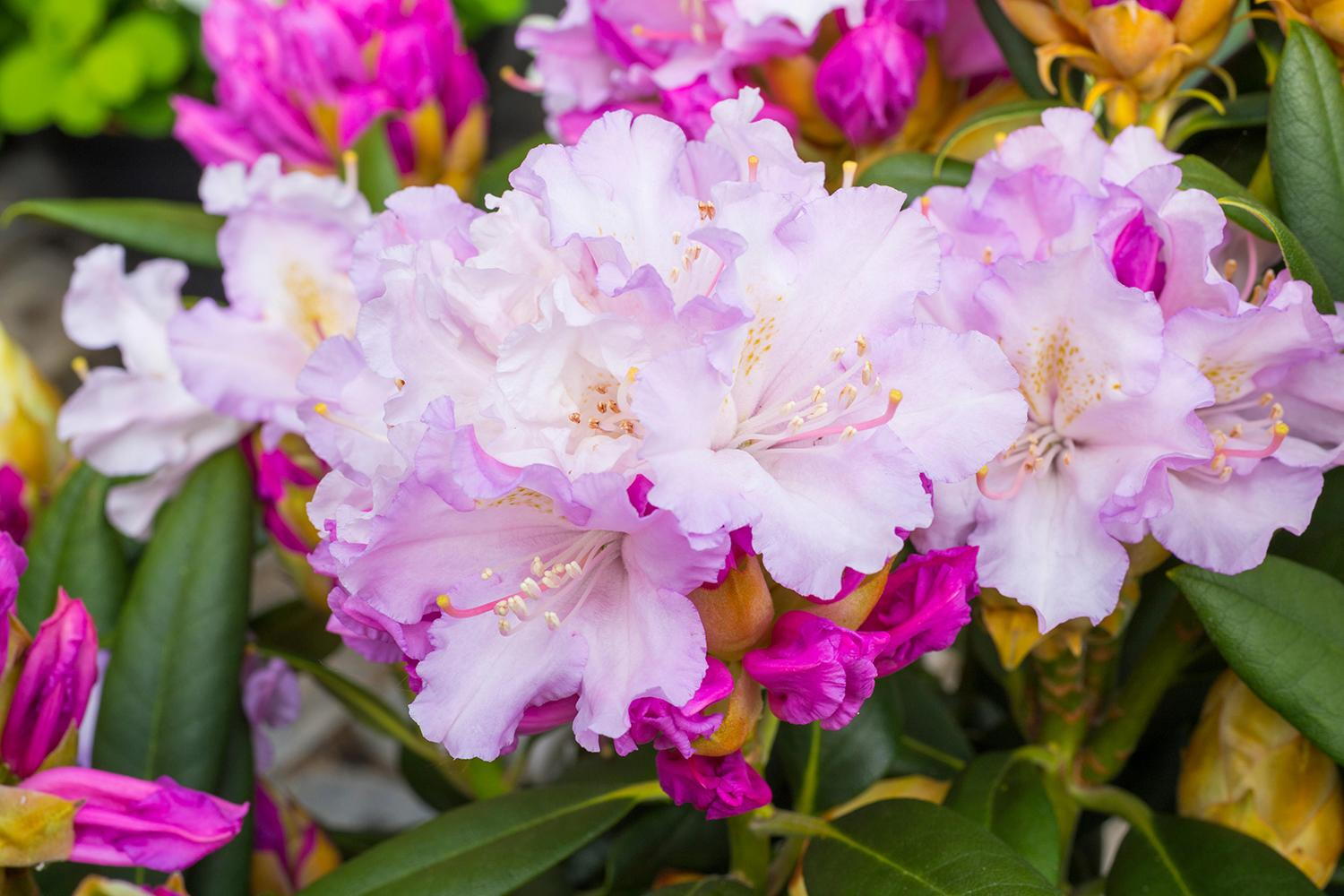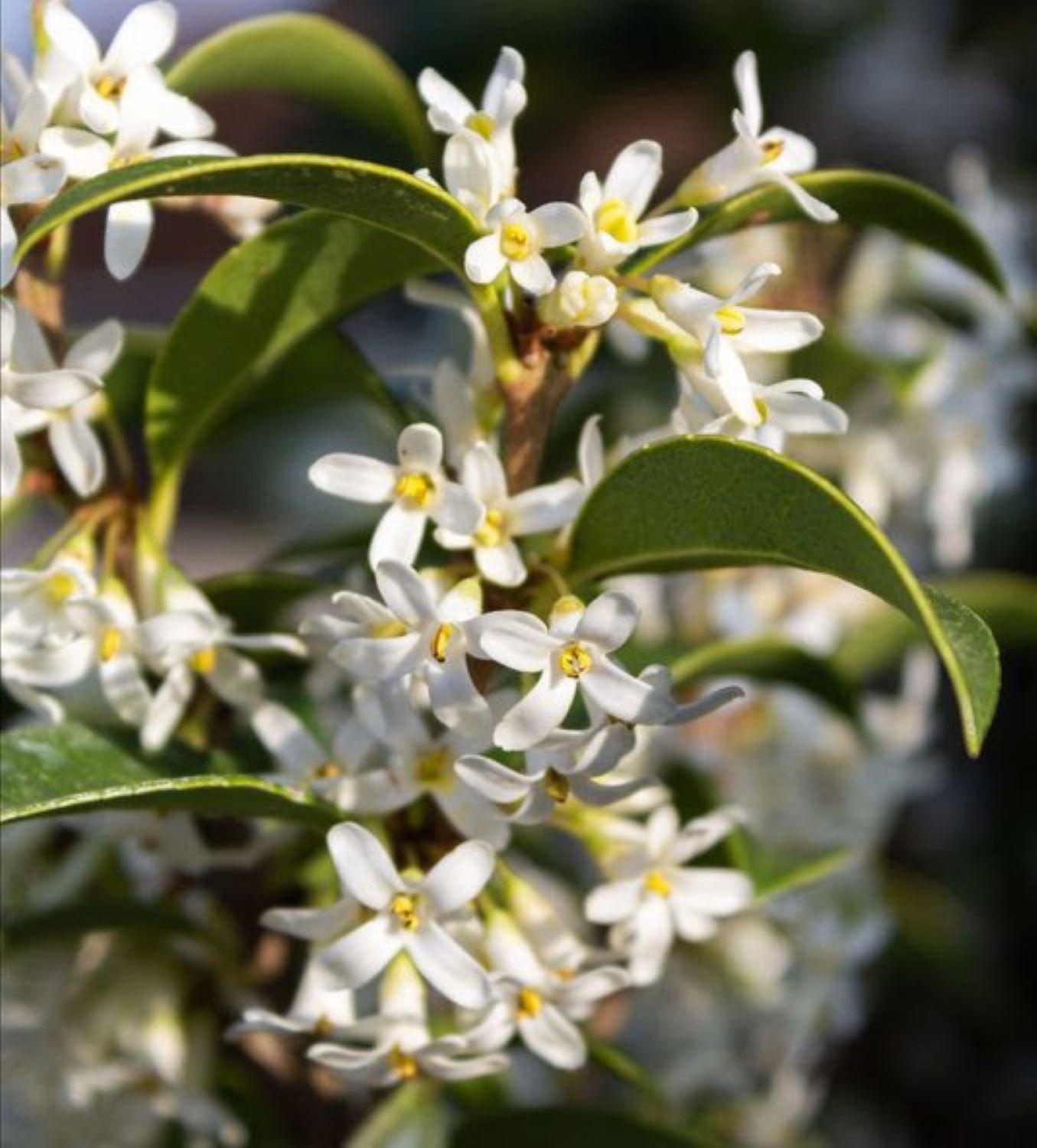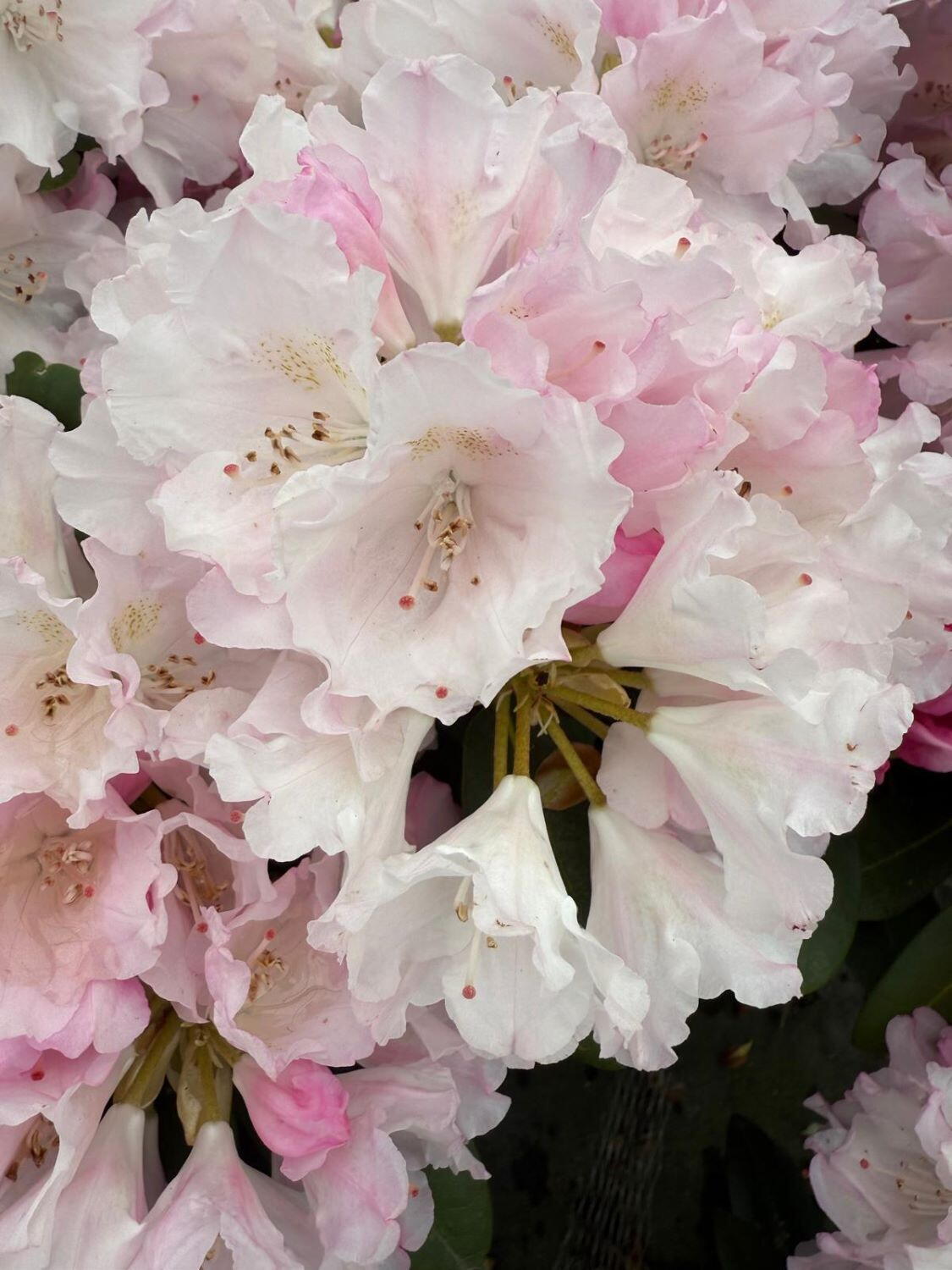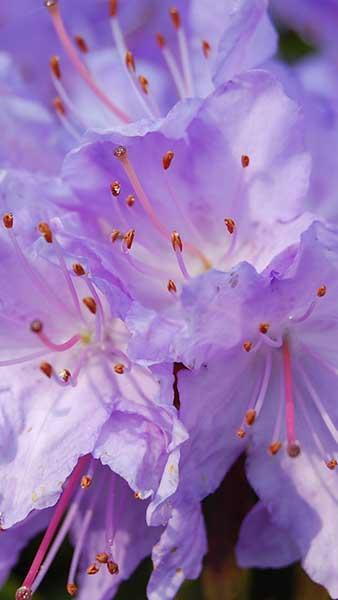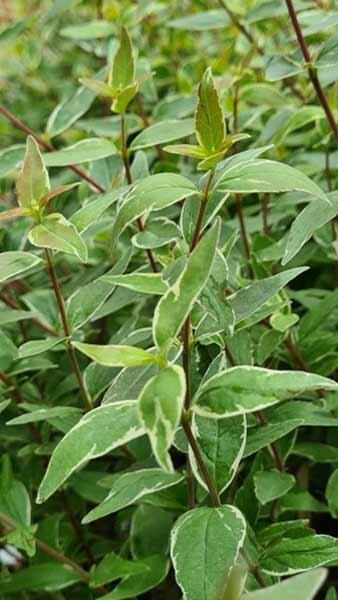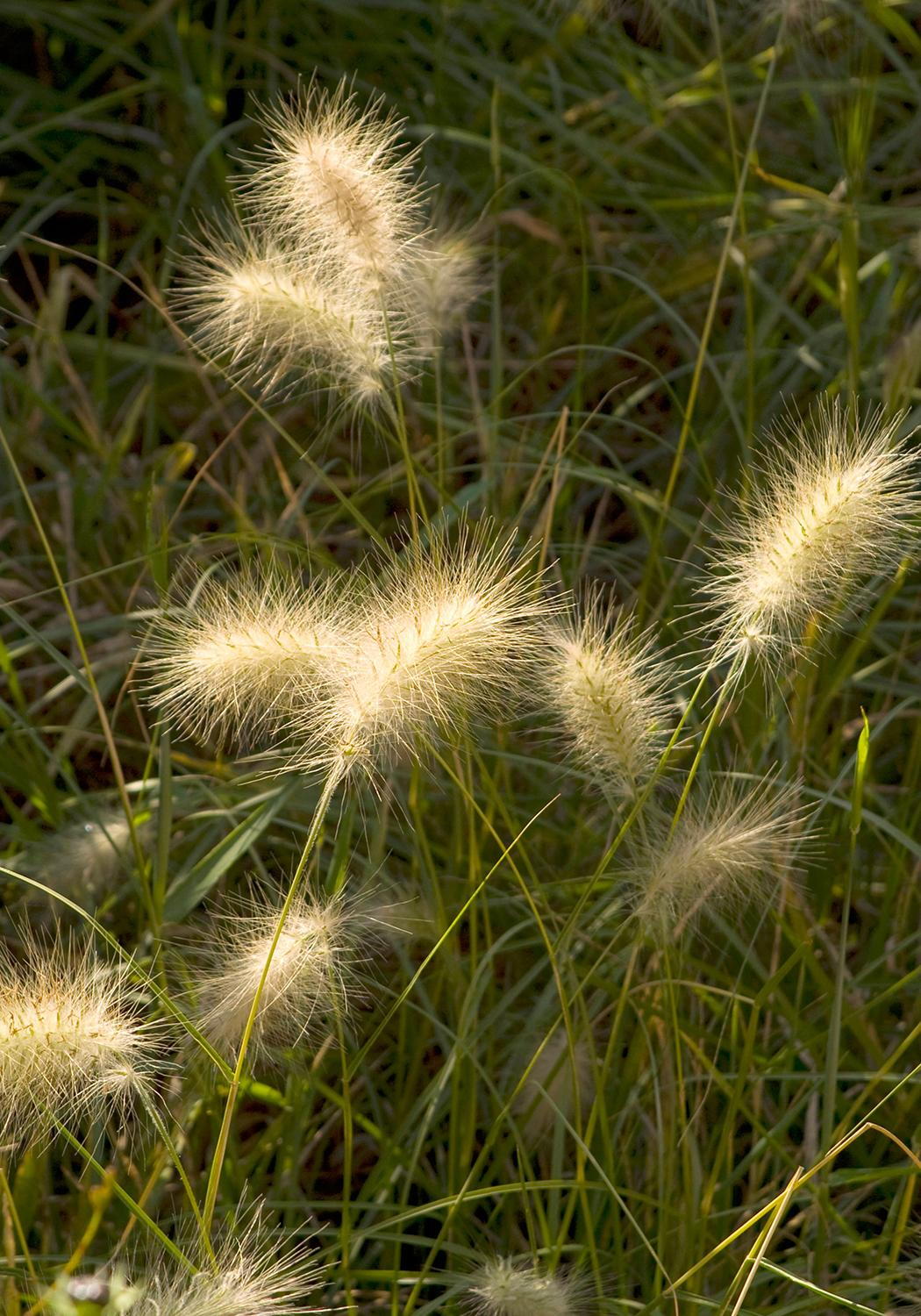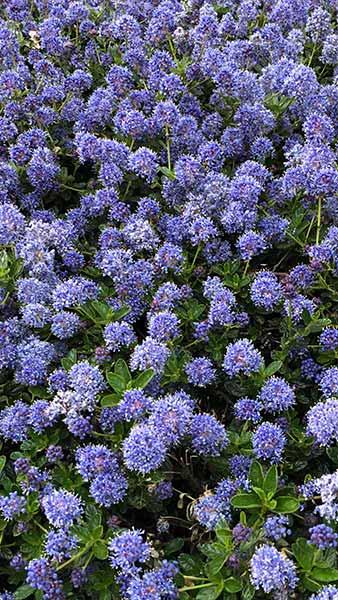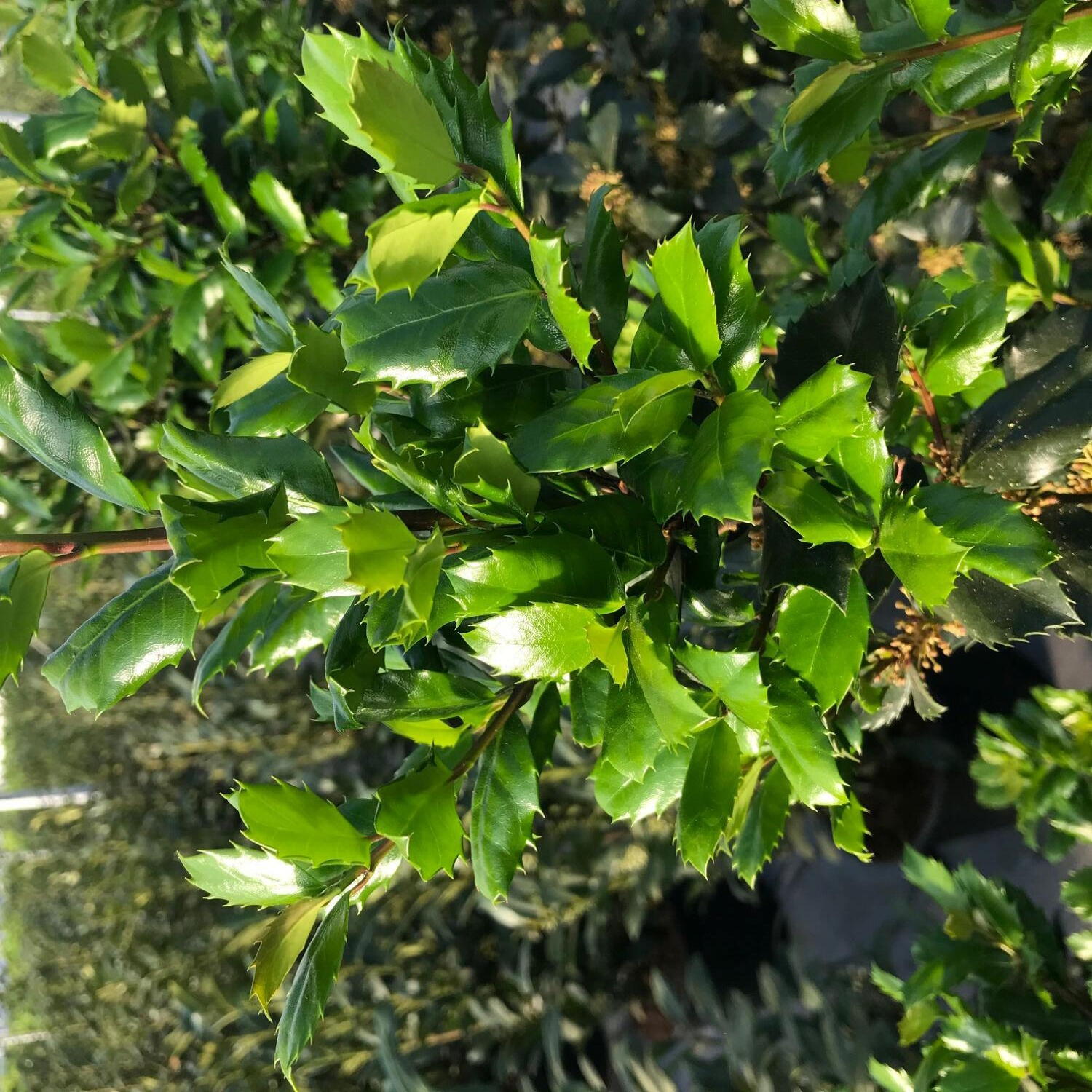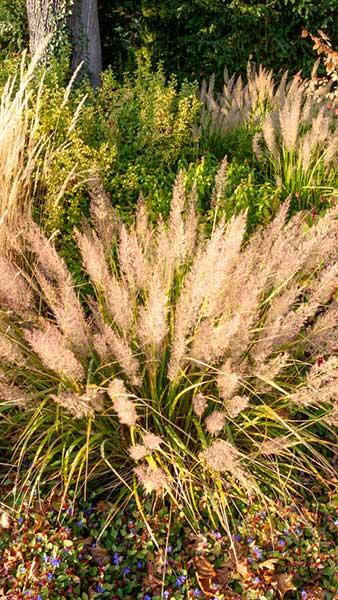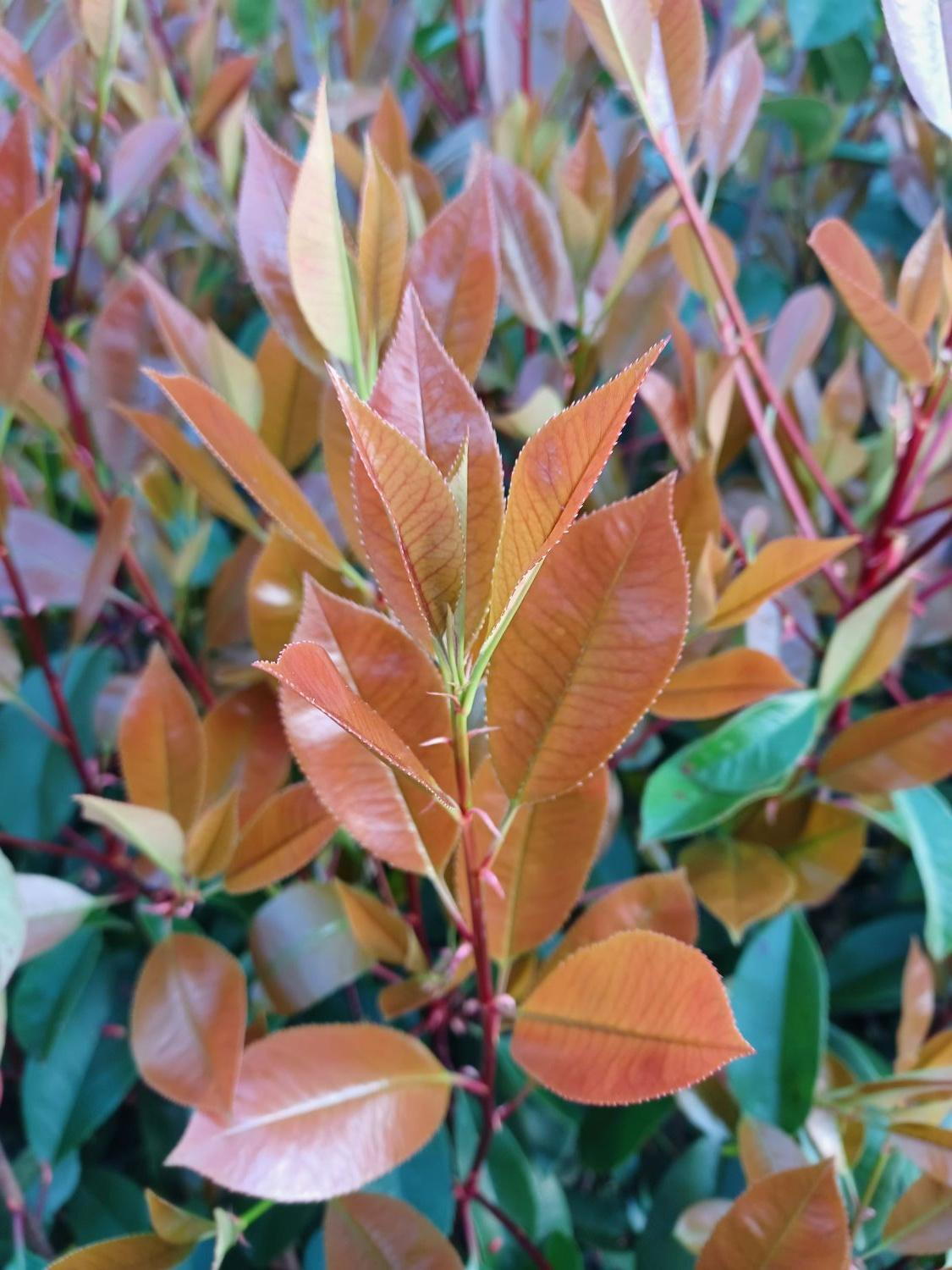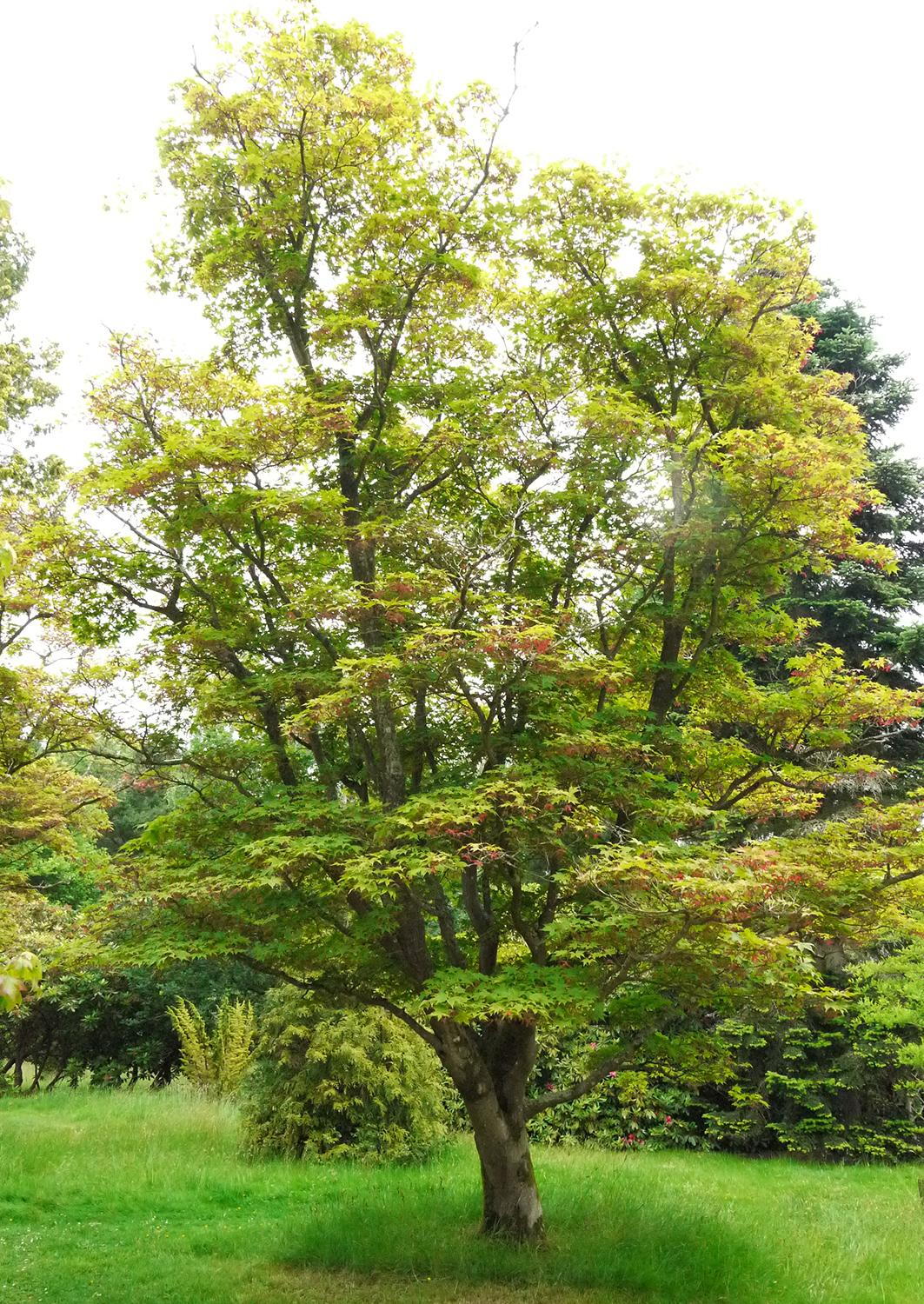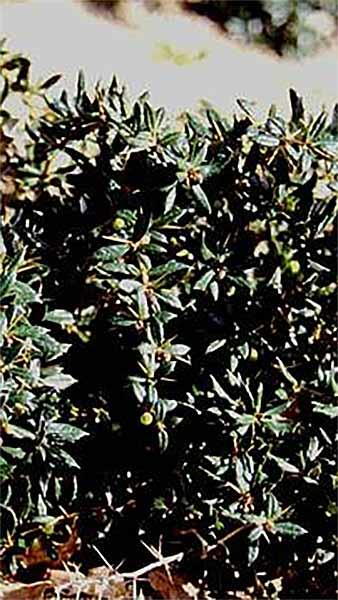Carex Morrowii Ice Dance. Japanese Variegated Sedge Grass
Carex Morrowii Ice Dance, also known as Japanese Variegated Sedge Grass and Carex Ice Dance, is an evergreen sedge with sharp, long, green leaves with white edges. Although there are over 1,500 varieties of Carex, this cultivar is a popular choice of ornamental grass because of its striking, variegated foliage.The blade-like green leaves with creamy white edges gracefully arch towards the ground, forming a tufted mound. In late spring, thin stems emerge bearing tiny, brown, spikelet flowers. Although minuscule, the flowers complement the highly decorative foliage. Discovered in Japan, Carex Ice Dance is robust and easy to grow. Tolerant of most soil types, including chalk and clay, it will thrive in a moist, fertile soil with good drainage. Low-maintenance and resilient, this decorative rush isn’t fussy when it comes to location - it thrives in full sun to full shade. With a low-growing, spreading habit, this evergreen sedge can grow to be 30 to 50 centimeters high and across. Unlike most other ornamental grass varieties, which are clump-forming, Carex Ice Dance is a slow to moderate spreader, meaning it runs along the ground, rather than forming new, separate sedges from the parent plant. It also means that this specific variety of Carex is not invasive and won’t spread uncontrollably through your garden. Fully hardy in Britain and Ireland, this sturdy plant can tolerate temperatures as low as -20 degrees and won’t need sheltering from frost or winds. Generally pest and disease free, Japanese Variegated Sedge Grass requires very little care. Apart from the removal of dead or damaged leaves in the summer, this variegated sedge won’t need to be pruned to keep its attractive shape.Ideal as a ground cover, this tufted sedge can brighten the shady parts of your garden and or hide bare patches of soil and less attractive areas of your yard. Carex Ice Dance is great for adding texture and colour to landscape, which is especially appreciated during the winter months. The spectacular variegated foliage of this cultivar provides year-round interest to the garden, opposed to deciduous varieties of Carex with spring or summer interest. Suitable for mixed borders, this striking ornamental grass works well planted en masse, or combined with evergreen shrubs or trees. More ornamental grasses…
